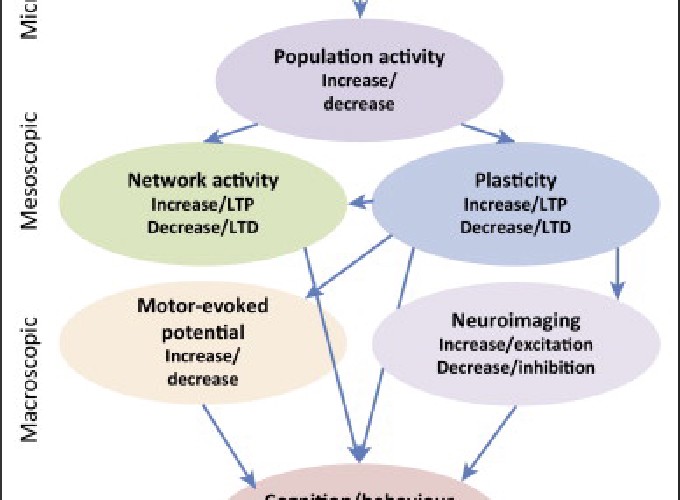Abstract
Transcranial electrical stimulation (tES) influences neural activity in a way that can elicit behavioural change but may also improve high-level cognition or ameliorate symptoms in neuropsychiatric disorders. However, the current fervour for tES contrasts with the paucity of mechanistically detailed models of how stimulation causes behavioural change. Here we challenge the plausibility of several common assumptions and interpretations of tES and discuss how to bridge the ravines separating our understanding of the behavioural and neural consequences of tES. We argue that rational application of tES should occur in tandem with computational neurostimulation and appropriate physiological and behavioural assays. This will aid appreciation of the limitations of tES and generate testable predictions of how tES expresses its effects on behaviour.
